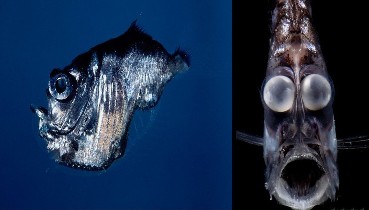
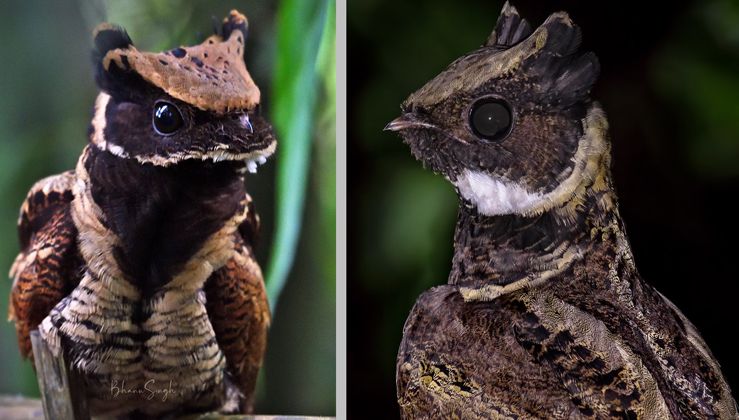
“Great Eared Nightjar” Bird Shaped Like A Dragon In A famous Cartoon (Pics & Video)
The great eared nightjar (Lyncornis macrotis) is a kind of nocturnal bird found in southeast Asia. They belong to the family Caprimulgidae. This bird has five subspecies categorized under it: Lyncornis macrotis macrotis, Lyncornis macrotis cerviniceps, Lyncornis macrotis bourdilloni, Lyncornis macrotis jacobsoni, and Lyncornis macrotis macropterus. To learn more about the great eared nightjar, keep reading!
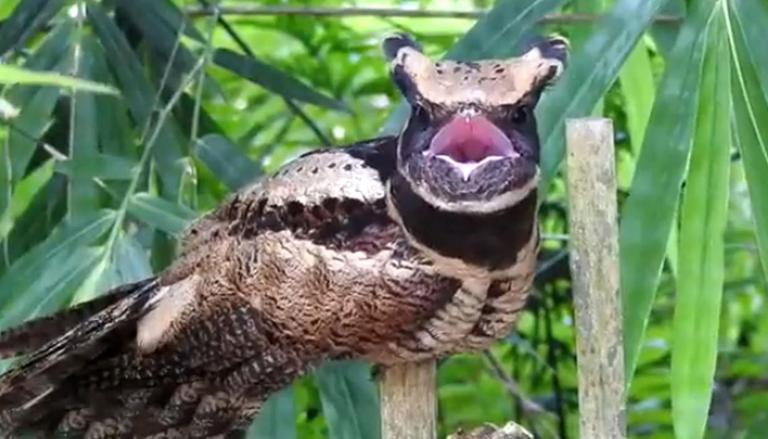
These nightjars have tufts of feathers on their head in such a way that it looks like they have ears. The geographic range of the five subspecies of Lyncornis macrotis varies. However, their habitat type is common and includes forests, scrublands, or grasslands. The breeding season is different in different locations. Their clutch size is one egg and the egg is incubated by both parents. These birds are fairly common in their range and their population seems to be under no threat of endangerment.
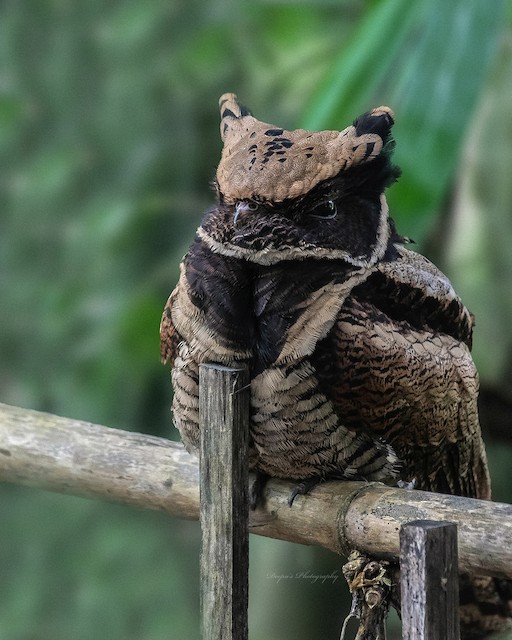
They feed on insects and are capable of catching their prey while in flight. Their calls are also quite distinct and act as a tool for identifying these birds. Distribution and habitat: The great eared nightjar is found in Southeast Asia with populations in the Western Ghats and Sri Lanka Bangladesh, India, Indonesia, Laos, Malaysia, Myanmar, the Philippines, Thailand, and Vietnam. Its natural habitat is subtropical or moist lowland tropical forests.
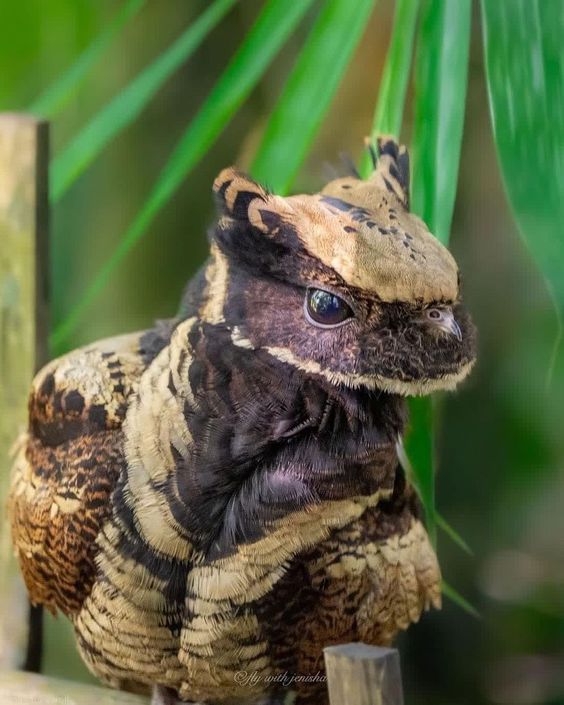
Behaviour And Breeding: Like other nightjars they are active at dusk and at night. They have a distinctive call which includes a sharp tsiik followed by a pause and a two-syllable ba-haaww. The nest is a scrape on the ground and the clutch consists of a single egg. The chicks are well camouflaged among leaf litter.
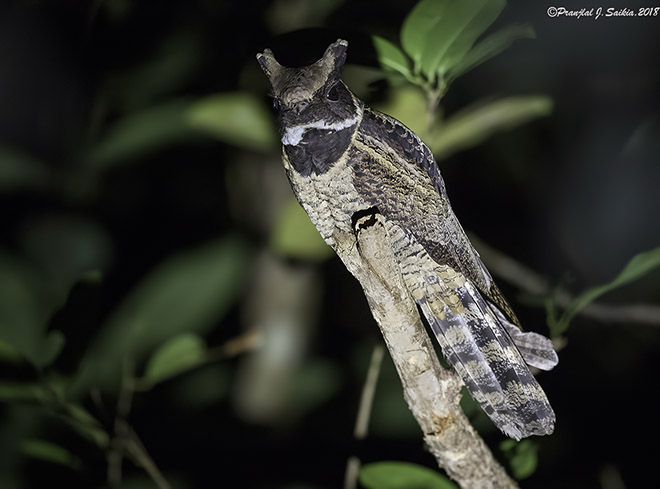
Taxonomy: Several populations are given subspecies status and include: The nominate form macrotis (Vigors, 1831) from the Philippines. Bourdilloni (Hume, 1875) of the Western Ghats. Cerviniceps (Gould, 1838) along the eastern Himalayas into Indochina and northern Malaysia. Jacobsoni (Junge, 1936) of Simeulue Island. Macropterus (Bonaparte, 1850) from the islands of Sulawesi, Talaud, Sangihe, Banggai and Sula.
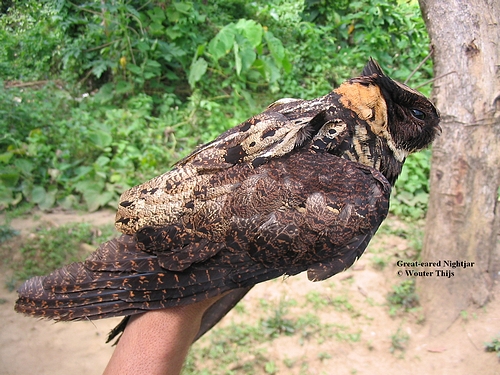
How cute are they? Just like lyrebirds, great eared nightjars are extremely cute birds. This species, along with all its subspecies, namely Lyncornis macrotis bourdilloni, Lyncornis macrotis jacobsoni, Lyncornis macrotis cerviniceps, and the rest, are all attractive birds with certain differences.
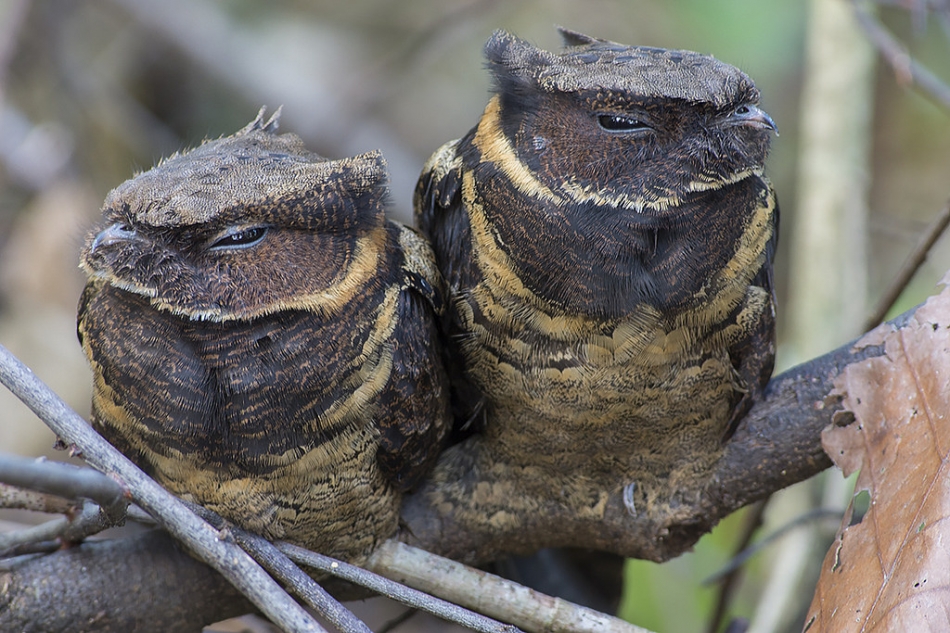
Great Eared Nightjar Interesting Facts: The great eared nightjar, with the scientific name Lyncornis macrotis is a species of nocturnal bird, with a wide population and geographic range. The great eared nightjar (Lyncornis macrotis) belongs to the class Aves. Their order, family, and genus are Caprimulgiformes, Caprimulgidae, and Lyncornis, respectively.
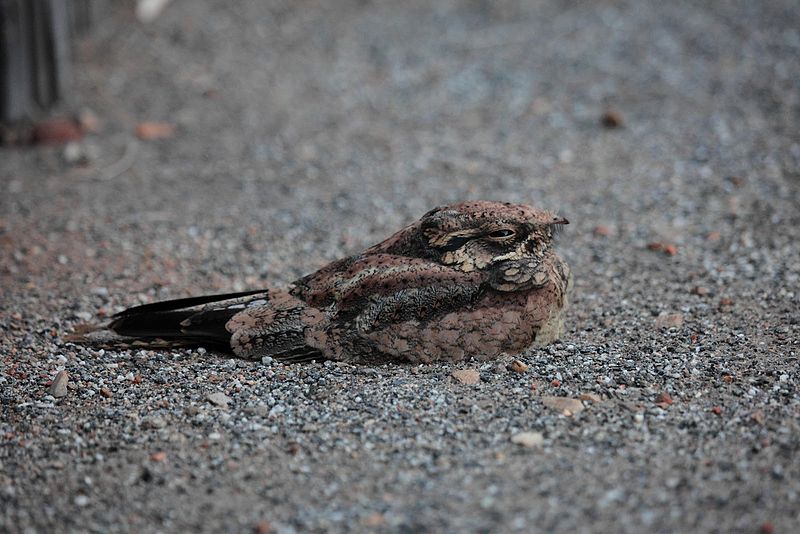
How many great eared nightjars are there in the world? The exact population of this bird species is not known. However, they have a stable trend in population and are reported to be common in their range. Where does a great eared nightjar live? The range of great eared nightjars (Lyncornis macrotis) includes several parts of southeast Asia. The distribution of this species varies for each subspecies. In general, these birds can be commonly seen in countries like Bangladesh, India, Malaysia, the Philippines, and Thailand to name a few.
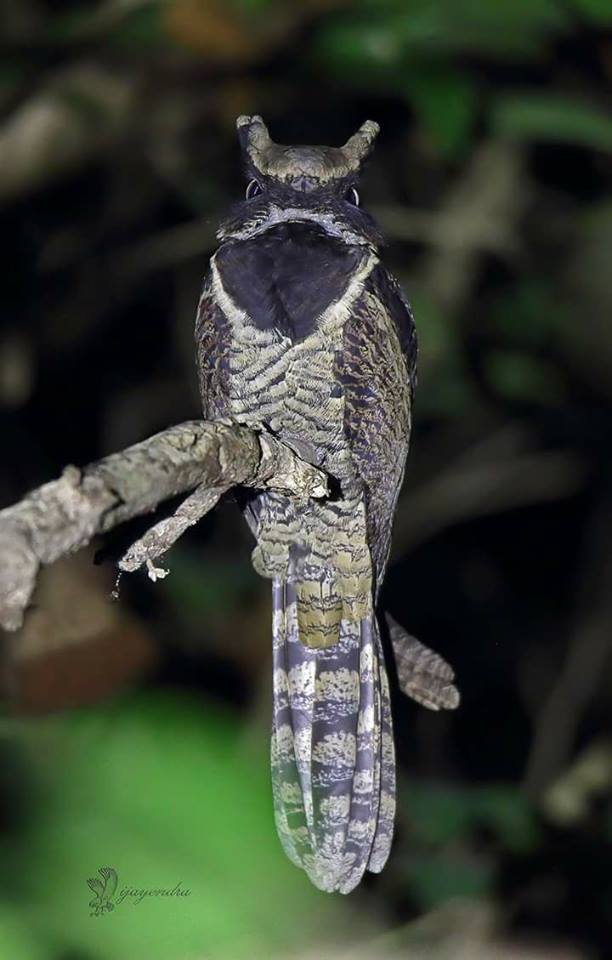
What is a great eared nightjar’s habitat? The habitat of this species primarily comprises forests, scrublands, and grasslands. They can also be found in the forest edges and clearings. Generally, they live near rivers in such areas. Additionally, their habitat features tropical or sub-tropical climates.
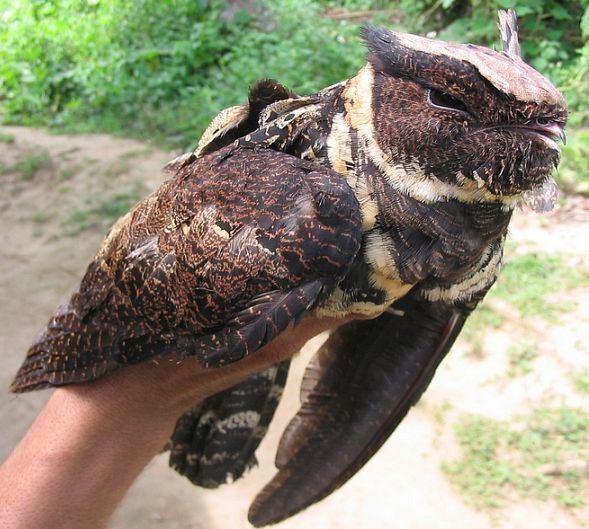
Who do great eared nightjars live with? The birds of the nightjar family are solitary in nature. The same can be assumed about the great eared nightjars. However, they do come together for breeding and incubating their eggs. How long does a great eared nightjar live? The exact lifespan of the great eared nightjar bird is not known. However, the lifespan of the European nightjar is 12 years. Since both belong to the same family, it can be ascertained that great eared nightjars have a similar life expectancy.
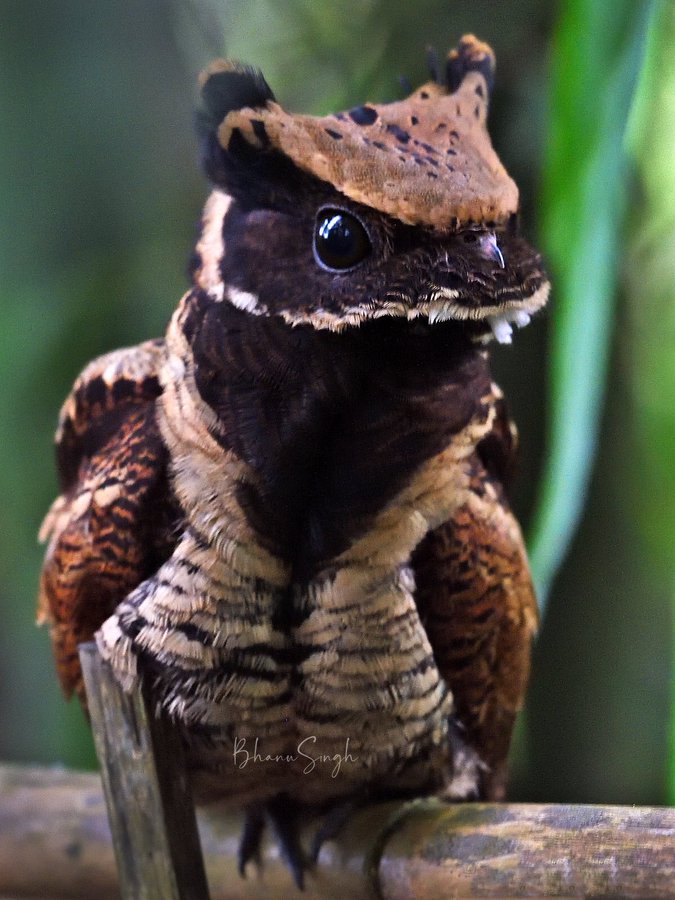
How do they communicate? These birds of the order Caprimulgiformes, communicate mainly through vocalizations. The call of a Lyncornis macrotis bird sounds like a whistle resembling the ‘put-wee-oo’ sound. Another kind of call is a sharp ‘tsik’ note, which is followed up with a ‘ba-haaww’ tone. How fast can a great eared nightjar fly? The great eared nightjar has strong wings, so it can be assumed they have a fast flight as well. Additionally, they capture their prey while in flight, which further proves their efficiency. Their flight is described as being silent and gliding.
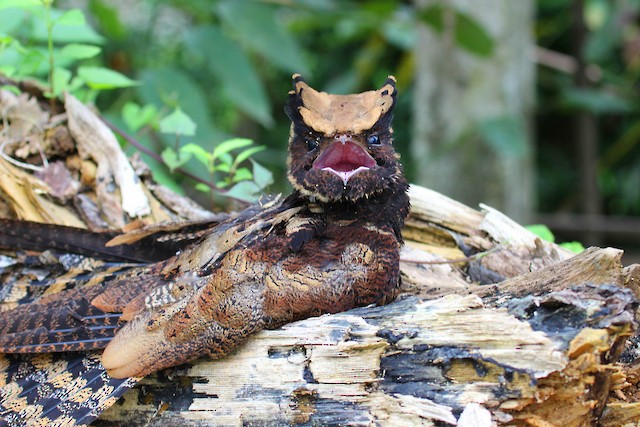
How big is a great eared nightjar? The length of a great eared nightjar (Lyncornis macrotis) bird is between 12.2-15.7 in (31–40 cm). These birds are quite larger than other species of eared nightjar of the same order Caprimulgiformes and family Caprimulgidae, known as the spotted nightjar, measuring between 9.8-11 in (25–28 cm). How much does a great eared nightjar weigh? The weight of a great eared nightjar (Lyncornis macrotis) is between 4.4-5.3 oz (125–151 g). They are way bulkier than an ovenbird. What are the male and female names of the species? The male and female birds of this species are known as male great eared nightjars and female great eared nightjars, respectively.
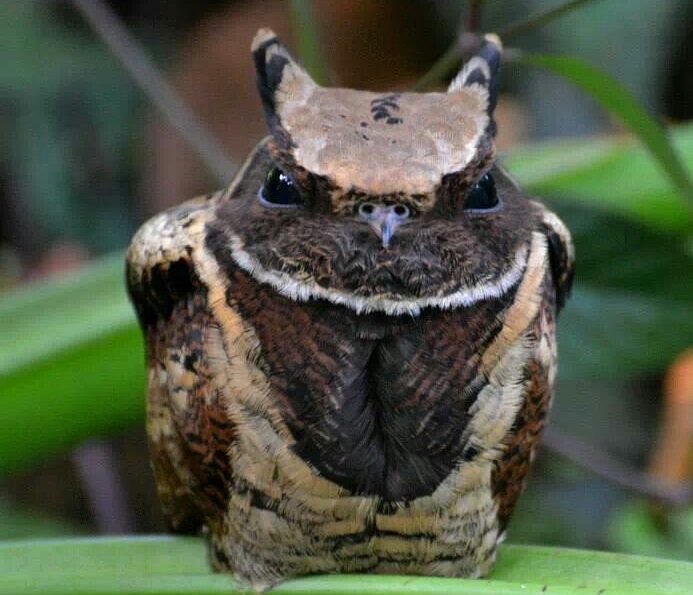
The range of the great eared nightjar (Lyncornis macrotis) varies depending on the subspecies. Lyncornis macrotis cerviniceps can be found in Bangladesh, northeastern India, parts of China, and so on. For the subspecies Lyncornis macrotis bourdilloni, the natural geographic range is southwestern India. Lyncornis macrotis jacobsoni is found on Simeulue Island.
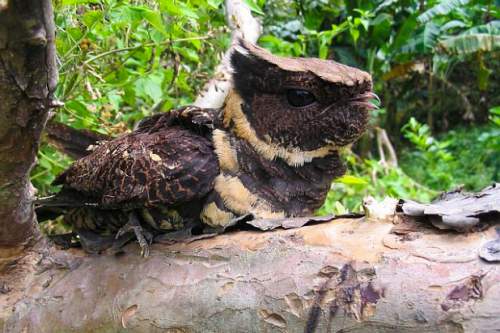
The range of Lyncornis macrotis macrotis includes parts of the Philippines. Lastly, for the subspecies Lyncornis macrotis macropterus, the distribution range is Talaud Islands, Sula Islands, and so on. The great eared nightjar call is quite distinct and can be used to identify them. During flight or when perched, they give out a whistled ‘put-wee-oo’ sound. They also produce a sharp ‘tsik’ and then a ‘ba-haaww’ tone after a short pause. These birds become quite vocal during the breeding season.
How do they reproduce? The breeding season varies for this species based on their locations. For example, in southern India, the breeding season for this bird is from January to May. Females are known to lay only one egg. The egg is elliptical in shape and incubated by both parents. What is their conservation status? The conservation status of the great eared nightjar (Lyncornis macrotis) is marked as Least Concern by the International Union for Conservation of Nature or IUCN. This bird species has no known threats and appears to be fairly common.
Recommended Videos
 The Mandarin Duck – The Worlds Most Beautiful Bird1206 views
The Mandarin Duck – The Worlds Most Beautiful Bird1206 views After 100 years, this four-legged Iowa beauty is tree-mendous4861 views
After 100 years, this four-legged Iowa beauty is tree-mendous4861 views-
Advertisements
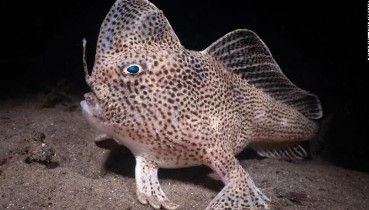 Photographer captures image of rare fish that walks on its 'hands'350 views
Photographer captures image of rare fish that walks on its 'hands'350 views Scientists Extracted Liquid Blood From 42,000-Year-Old Foal Found in Siberian Permafrost138 views
Scientists Extracted Liquid Blood From 42,000-Year-Old Foal Found in Siberian Permafrost138 views This Facebook Page Shares Nonsense Images That Raise More Questions Than Answers (59 Pics)1341 views
This Facebook Page Shares Nonsense Images That Raise More Questions Than Answers (59 Pics)1341 views 30 Stunning “Rose Garden” Ideas for Your Backyard997 views
30 Stunning “Rose Garden” Ideas for Your Backyard997 views The Fakest Photos Instagram, Here Are 40 Of Their Best Posts4311 views
The Fakest Photos Instagram, Here Are 40 Of Their Best Posts4311 views 27 Pairs Of Tights For People Who'd Rather Be Cold Than Wear Pants673 views
27 Pairs Of Tights For People Who'd Rather Be Cold Than Wear Pants673 views



